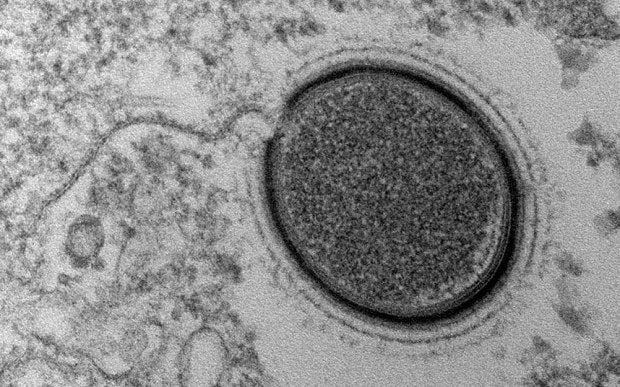Scientists to wake up 30,000-year-old 'giant' virus
The Mollivirus sibericum virus has not been woken since the last Ice Age

Your support helps us to tell the story
From reproductive rights to climate change to Big Tech, The Independent is on the ground when the story is developing. Whether it's investigating the financials of Elon Musk's pro-Trump PAC or producing our latest documentary, 'The A Word', which shines a light on the American women fighting for reproductive rights, we know how important it is to parse out the facts from the messaging.
At such a critical moment in US history, we need reporters on the ground. Your donation allows us to keep sending journalists to speak to both sides of the story.
The Independent is trusted by Americans across the entire political spectrum. And unlike many other quality news outlets, we choose not to lock Americans out of our reporting and analysis with paywalls. We believe quality journalism should be available to everyone, paid for by those who can afford it.
Your support makes all the difference.French scientists are preparing to wake up a 30,000-year-old 'giant' virus.
A team from the French National Centre for Scientific Research discovered the prehistoric virus, called Mollivirus sibericum, underground in north-eastern Siberian permafrost, reports CNET.
And now they plan to give it its first “wake-up call” since the last Ice Age.
The scientists will first check to ensure the virus is not harmful to humans or animals.
They hope studying it could increase understanding of ancient dormant viruses that may spread again in the future as permafrost retreats at the hands of climate change.
Mollivirus sibericum – which translates as ‘soft virus from Siberia’ – is classified as a giant virus because it is visible by light microscopy.
The same team of researchers discovered another giant, 30,000-year-old virus, called Pithovirus sibericum, last year in the same permafrost.
The scientists announced their study into the viruses in the Proceedings of the National Academy of Sciences (PNAS) journal this week.
A summary of their work said: “Analysis of the permafrost sample uncovered the presence of both viruses, yet in very low amount.
“The fact that two different viruses retain their infectivity in prehistorical permafrost layers should be of concern in a context of global warming.
“Giant viruses’ diversity remains to be fully explored.”
Join our commenting forum
Join thought-provoking conversations, follow other Independent readers and see their replies
Comments